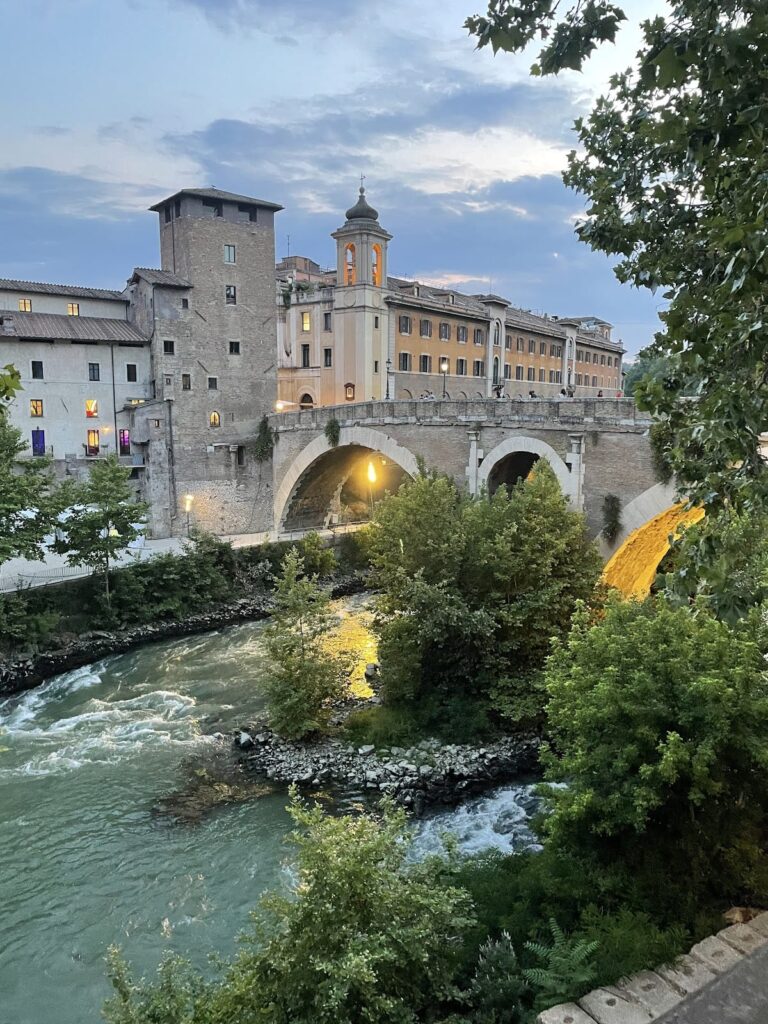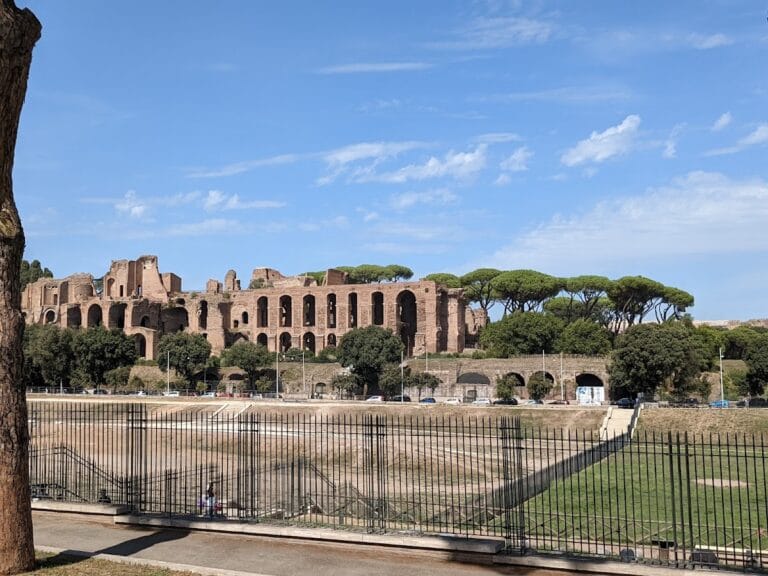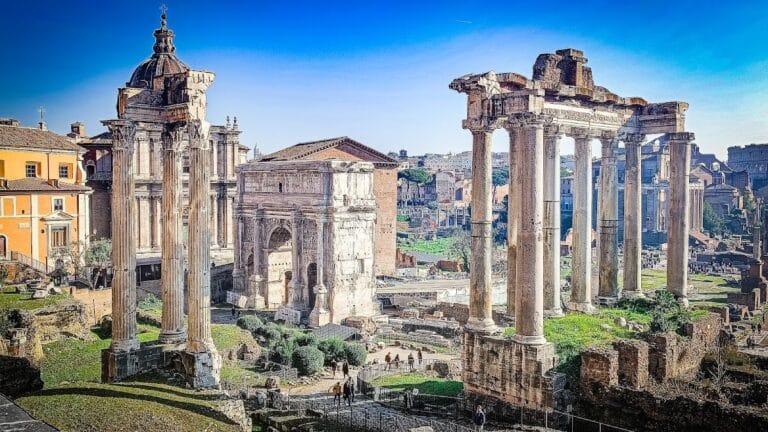Temple of Hercules Victor, Rome: An Ancient Roman Circular Temple in the Forum Boarium
Visitor Information
Google Rating: 4.5
Popularity: Low
Google Maps: View on Google Maps
Country: Italy
Civilization: Roman
Remains: Religious
History
The Temple of Hercules Victor is located in Rome, specifically in the Forum Boarium near the Tiber River. It was constructed by the ancient Romans during the late 2nd century BCE. This circular temple was likely commissioned by Marcus Octavius Herrenus, a prosperous olive oil merchant.
Dedicated to Hercules Olivarius, the protector of the olive trade, the temple’s religious purpose is confirmed by an inscription found on a nearby statue base. This inscription names Hercules Victor with the additional title “Olivarius,” linking the deity to the olive oil industry. The Greek architect Hermodorus of Salamis is credited with its design, indicating a blend of Roman and Greek influences. For centuries, the temple was mistaken for a Temple of Vesta due to its round shape, but it was correctly identified in the 19th century and definitively in the 20th century.
In the early 1st century CE, the temple underwent restoration, possibly following flood damage in 15 CE during Emperor Tiberius’s reign. This phase included the replacement of some columns and structural repairs. During the Middle Ages, the temple was converted into a Christian church, first known as Saint Stephen (Santo Stefano alle Carozze) from the 12th century. Later, in the 17th century, it was renamed Santa Maria del Sole. This religious reuse helped preserve the building through centuries when many ancient structures were lost.
In the early 19th century, under French rule, Giuseppe Valadier led a restoration that removed medieval Christian additions to reveal the temple’s original form. Further preservation efforts took place between 1996 and 1998, including roof replacement and fresco stabilization. Since 1935, the temple has been officially recognized as an ancient monument. Archaeological investigations, including 19th-century excavations by Valadier and 20th-century surveys by Friedrich Rakob, have deepened understanding of its history and architecture.
Remains
The Temple of Hercules Victor is a circular structure known as a peripteral tholos, measuring approximately 14.8 to 16.5 meters in diameter. It faces east and features a central cylindrical chamber, or cella, surrounded by a ring of twenty Corinthian columns. These columns stand about 10.6 meters tall and rest on a tuff stone foundation sourced from Grotta Oscura near Veii.
The columns display two distinct types. The original set, dating from the late 2nd century BCE, is made of Pentelic marble from Greece and features deeply carved acanthus leaves on the capitals. A later restoration in the early 1st century CE introduced columns of Luna marble from Luni, which have stiffer acanthus leaf designs and different capital details. The columns are fluted and rest on Attic bases, with capitals sculpted in two blocks joined by bronze pins, a technique of Greek origin.
The temple stands on a crepidoma, a stepped platform with seven steps, surrounded by a drainage channel. Its foundation includes a hollow ring with cross walls designed to distribute weight and absorb floodwaters and seismic shocks. The cella walls were built in three phases: the lower and middle sections use pseudo-isodomic marble masonry with alternating large and smaller blocks, while the upper part was rebuilt in medieval brick. The interior walls are faced with travertine stone.
Only fragments of the original entablature and roof survive, including parts of the coffered ceiling of the peristyle and some antefixes, which are decorative roof tiles. The current roof is a modern reconstruction completed during the 1996 restoration. The floor of the cella contains a favissa, a deep pit shaped like a small tholos, whose exact function remains linked to ritual deposits.
During the Middle Ages, the temple’s peristyle openings were bricked up, a small bell tower was added above the entrance, and the interior was decorated with stucco. These medieval modifications were removed in the 19th-century restoration to restore the ancient appearance. Inside, a 15th-century fresco cycle depicting Christ and nine saints remains from its church phase, along with a commemorative plaque from Pope Sixtus IV dated 1475.










